Traditional Systems Defense
-
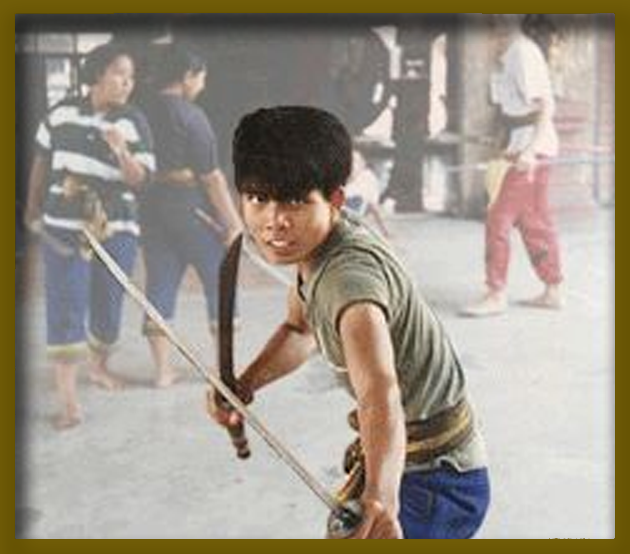
The history of martial arts go back thousands of years. These arts include traditions, techniques and philosophies of many systems and cultures.
-
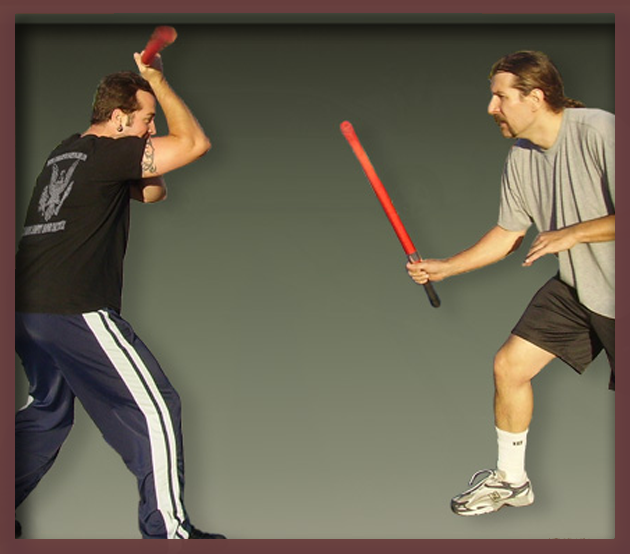
At Combative Fighting Arts, our core foundation stem from traditional systems.
Over the years we have evolved into more modern-day combatives. However, we still teach some of the traditional systems to those who seek them. Most of our core systems originate in the Far East and South Asia.
These systems include:
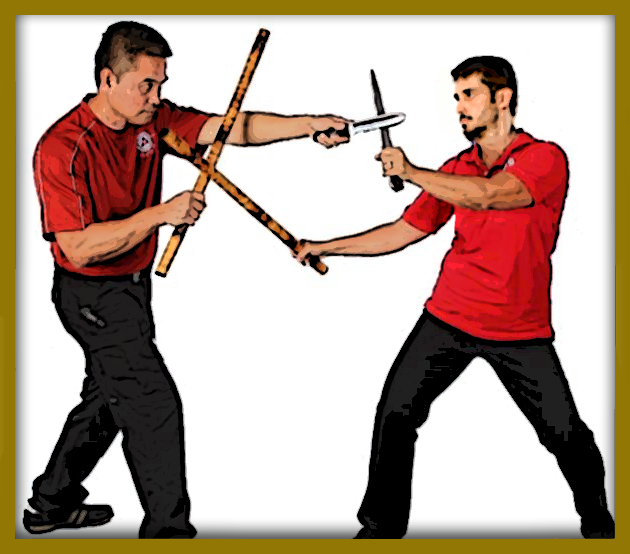
Filipino Kali / Escrima
Traditional martial arts of the Philippines using sticks and knifes. This medium to close range system is a blend of a variety of the most effective Filipino systems mixed with real world training drills. Develop good range, distance and timing along with movements, footwork and fighting multiple aggressors.
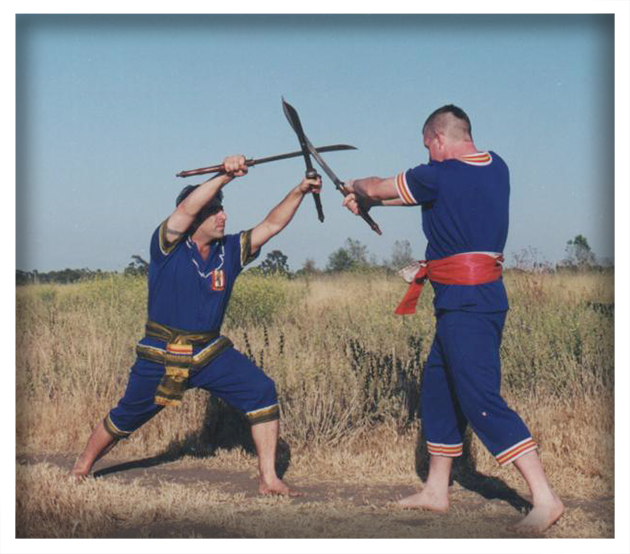
A weapons based art used by the traditional warriors of Thailand. Utilizes long, medium and short range weapons along with empty hand portion of the system of Muay Thai Kickboxing.
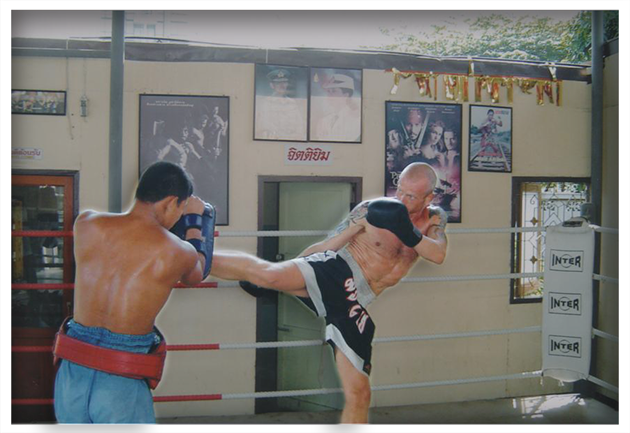
Muay Thai Kickboxing
Also known as the art of 8 weapons. Developed in ancient Thailand. This is one of the most devastating striking arts known to man. Utilizes the fist, elbows, knees, kicks and all with maximum power. Both for combat and sport, it utilizes stand-up striking along with various clinching techniques.

Shotokan Karate
A traditional Japanese Karate system that develops effective body mechanics while adding to your striking and defensive skills. Utilizes training, sparing and forms (Kata).

Traditional Boxing
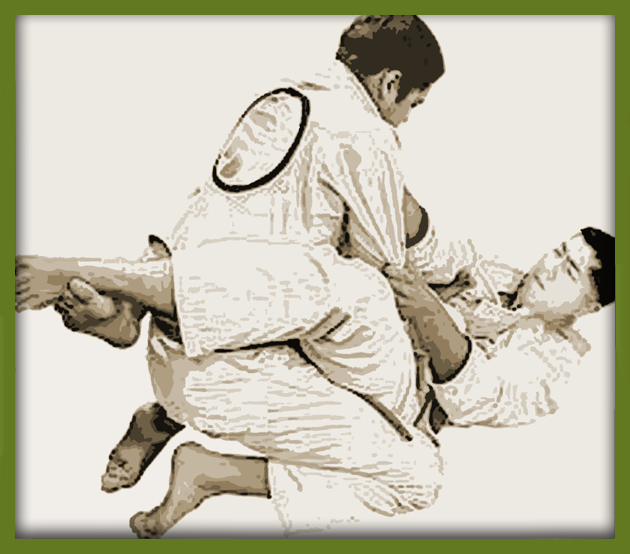
Brazilian Jujitsu
A system that focuses on primarily grappling, ground fighting and one-on-one competition. BJJ promotes the concept that a smaller, weaker person can successfully defend against a bigger, stronger, heavier assailant by using proper technique, leverage and most notably, taking the fight to the ground and applying joint locks and chokeholds to defeat the opponent. BJJ training can be for sport grappling tournaments and in self-defense situations.





